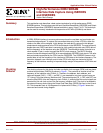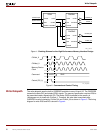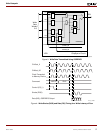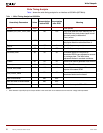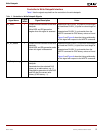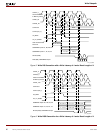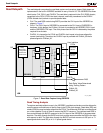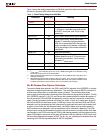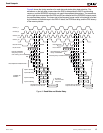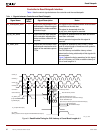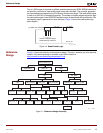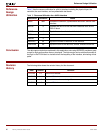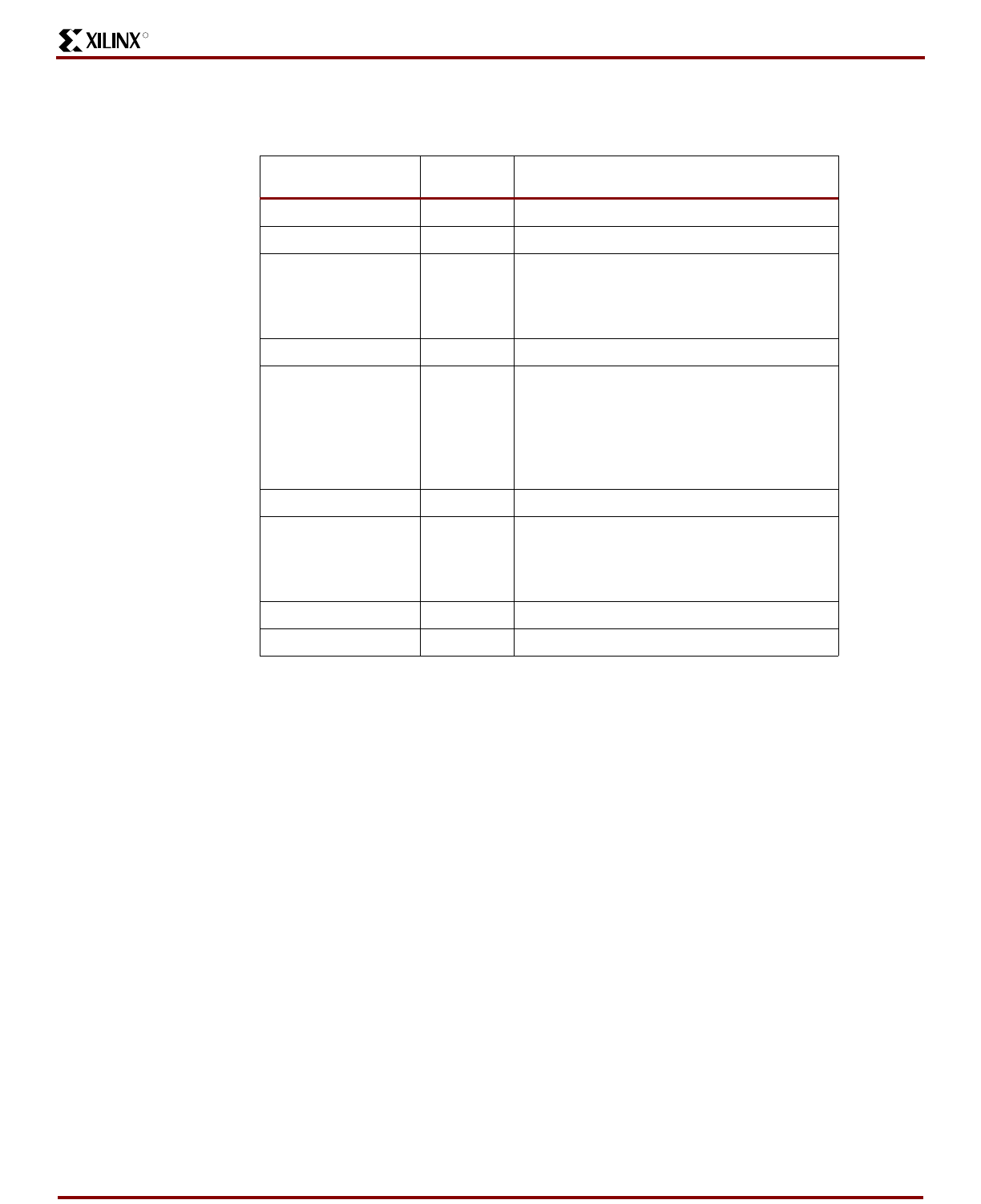
Read Datapath
R
Table 3 shows the read timing analysis at 333 MHz required to determine the delay required on
DQ bits for centering DQS in the data valid window.
Per Bit Deskew Data Capture Technique
To ensure reliable data capture in the OCLK and CLKDIV domains in the ISERDES, a training
sequence is required after memory initialization. The controller issues a WRITE command to
write a known data pattern to a specified memory location. The controller then issues
back-to-back read commands to read back the written data from this specified location. The DQ
bit 0 ISERDES outputs Q1, Q2, Q3, and Q4 are then compared with the known data pattern. If
they do not match, DQ and DQS are delayed by one tap, and the comparison is performed
again. The tap increments continue until there is a match. If there is no match even at tap 64,
then DQ and DQS are both reset to tap 0. DQS tap is set to one, and both DQS and DQ are
delayed in unit tap increments and the comparison is performed after each tap increment until
a match is found. With the first detected match, the DQS window count is incremented to 1.
DQS continues to be delayed in unit tap increments until a mismatch is detected. The DQS
window count is also incremented along with the tap increments to record the width of the data
valid window in the FPGA clock domain. DQS is then decremented by half the window count to
center DQS edges in the center of the data valid window. With the position of DQS fixed, each
DQ bit is then centered with respect to DQS. The dp_dly_slct_done signal is asserted when the
centering of all DQ bits associated with its DQS is completed.
Table 3: Read Timing Analysis at 333 MHz
Parameter Value (ps) Meaning
T
CLOCK
3000 Clock period.
T
PHASE
1500 Clock phase for DDR data.
T
SAMP_BUFIO
350 Sample Window from Virtex-4 data sheet for
a -12 device. It includes setup and hold for
an IOB FF, clock jitter, and 150 ps of tap
uncertainty.
T
BUFIO_DCD
100 BUFIO clock resource duty-cycle distortion.
T
DQSQ +
T
QHS
580 Worst case memory uncertainties that
include VT variations and skew between
DQS and its associated DQs. Because the
design includes per bit deskew, realistically
only a percentage of this number should be
considered.
T
MEM_DCD
150 Duty-cycle distortion.
Tap Uncertainty 0 Tap uncertainty with 75 ps resolution. A
window detection error of 75 ps can be on
both ends of the window. This is already
included in T
SAMP_BUFIO
.
Total Uncertainties 1180
Window 320 Worst-case window.
Notes:
1. T
SAMP_BUFIO
is the sampling error over VT for a DDR input register in the IOB when using
the BUFIO clocking resource and the IDELAY.
2. All the parameters listed above are uncertainties to be considered when using the per bit
calibration technique.
3. Parameters like BUFIO skew, package_skew, pcb_layout_skew, and part of TDQSQ, and
TQHS are calibrated out with the per bit calibration technique. Inter-symbol interference and
crosstalk, contributors to dynamic skew, are not considered in this analysis.
62 Memory Interfaces Solution Guide March 2006



